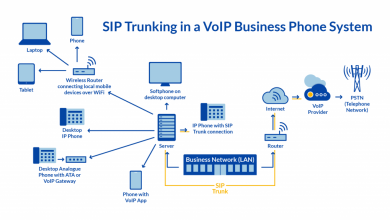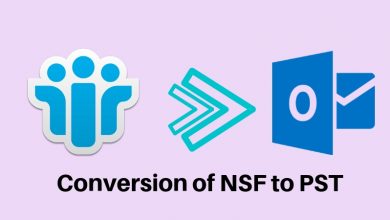Why RPA (Robotic Process Automation) Is the Next Big Thing in Automation?

The term “process automation”, like “AI”, “ML”, and “optimization”, has been generously thrown around in tech circles lately.
But is Robotic Process Automation (RPA) the real deal, or is it hyped by tech companies to be perceived as more innovative and valuable?
Short answer: It is the real deal. It is rightly termed the Next Big Thing.
What is Robotic Process Automation (RPA)?
RPA is an automation technology designed to emulate human actions.
PwC estimates that in the coming years, more than 40% of business operations will require little or no human intervention. These are tasks that are repetitive and add meagre value to business success.
According to PwC, the operations are most likely to be automated by process automation “robots’, freeing the future workforce to focus their time and energy on creative and business-critical tasks that actually add value to success.
The technology is revolutionary — the Next Big Thing — since, by automating 40% of business operations worldwide, businesses could save up to $2 trillion in global workforce costs.
In fact, the revolution has already begun.
One Deloitte study found that more than 53% of its respondent businesses had adopted RPA to automate and streamline operations. The study was conducted in 2017.
PwC’s recent survey found that adopting RPA services saved NASSCOM more than 60% of its workforce costs.
The same survey also found that the Everest Group made four times the money it invested in RPA tech and services.
The future of RPA
RPA will be the next big thing in automation.
Already, the pandemic has accelerated growth at an alarming pace. The rate of growth is expected to continue growing in the coming years.
The market for RPA technology, RPA consulting, and other services is valued at $1.89B today.
Its value is expected to rise at a 32.8% CAGR by 2028.
However, the technology will only become more advanced, more disruptive.
The “robot” in Robotic Process Automation (RPA) is metaphoric, referring to the virtual or digital “assistant” the technology acts as for your workforce.
The result is a workforce that is more productive, achieving way more in way less.
(While work becomes productive, it does not become easy. Instead, repetitive tasks automated, your workforce chiefly focuses on creative, more cognitively demanding tasks, making work more challenging, and therefore, more meaningful and satisfactory.)
That said, today, most of RPA processes can reliably automate only a narrow set of operations — you know, the simple ones, like registering and updating digital information or opening applications by voice commands.
But what if processes could be automated end-to-end? What if apps could be opened but also fully used by just voice commands?
That is the future of RPA: “robots” becoming several orders more advanced by incorporating artificial intelligence and IoT in their functioning.
RPA can be used to automate all aspects of a process, including speech, visual and textual recognition. In fact, as neural networks grow more intelligent, RPA robots could even self-learn.
If today, RPA minimizes human intervention, in the future, it could very well eliminate it.
This is hyper-automation and is considered to be the Next Big Thing.
RPA use-cases
Automation is not exclusive to corporations, who leverage it to achieve financial goals. Ordinary people can also use it to reach their personal goals
It is not just manufacturing plants that use RPA bots to streamline operations. Amazon’s Alexa has been a tremendous success for getting a lot done, from creating workout playlists to ordering groceries.
With more than 30 billion “smart” devices connected to the internet worldwide, our reliance on them will only increase.
But talking strictly about business, when should businesses implement RPA? And how?
- Businesses must first identify the problems they wish to solve. Here is a simple question they can ask themselves: does this process need human intervention?
- Cost is the second consideration. These questions can help you determine the cost of your project:
- What is the scale of the automated process?
- What tools do we need? Are they compatible with our current tools?
- Businesses should also evaluate the long-term effects of RPA on their performance. To make the most of RPA, businesses must ensure that their workforce has the right skills and is data-literate to keep pace with digital transformation.




